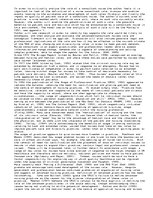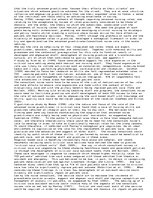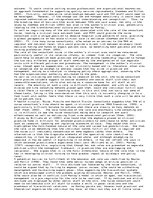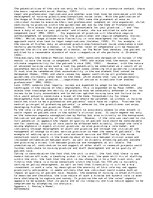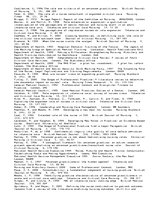-
Nurse Consultant and Their Role
Lunn (1994) asserts that legally, nurses are expected to adapt to new methods and techniques in the course of their employment. This is expanded on by Rowe (2000), who states that knowledge and ability to practice must be constantly enhanced in order for nurses to be truly accountable and to deliver optimum nursing care and failure to do this would actually constitute a break of the Code. Accountability for these developments must be accepted by nurses and should be welcomed, as without it nursing could not claim to be a profession and patients' would have no rights. Provided the central principal of protecting patients' is adhered to, the practitioner can enjoy developing his/her own practice (Rowe, 2000).
As the role is only potential it is difficult to accurately assess to what extent it would impact on patient care in the author's clinical area. It would depend not only on the numerous aspects conceptualized by Manley but also critically on the background, motivation and personality of the individual. However, if the role was realized to its full potential it appears the impact on quality of patient care could be considerable and far-reaching. Quality of care would be effected both directly, through the role's strong emphasis in expert clinical practice, so also providing a role model, and indirectly through development of staff and practice and through the initiation and management of change to direct service provision to meet the needs of patients'. The example of setting up a critical care outreach service and PERT led by the nurse consultant could result in the breaking down of barriers between clinical areas and increased collaboration between staff, as well as directly effecting patient outcome and providing a direct link between practice and management at all levels.
…
Nurse Consultant and their role, a critique

